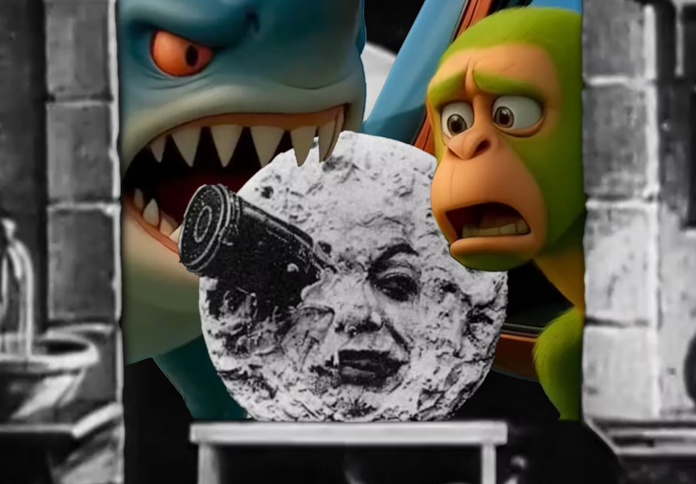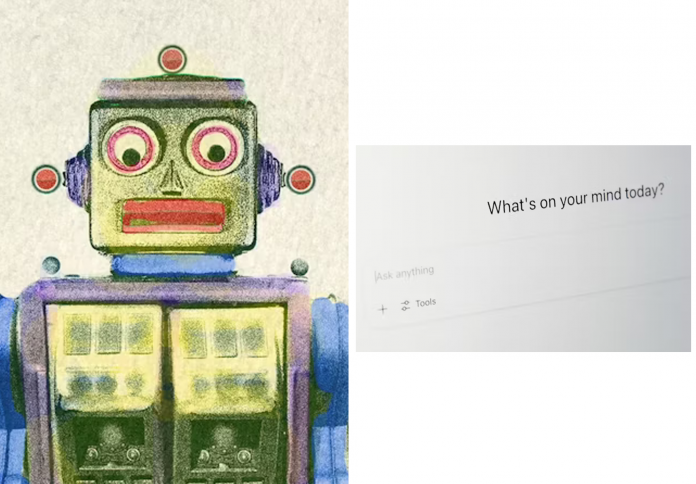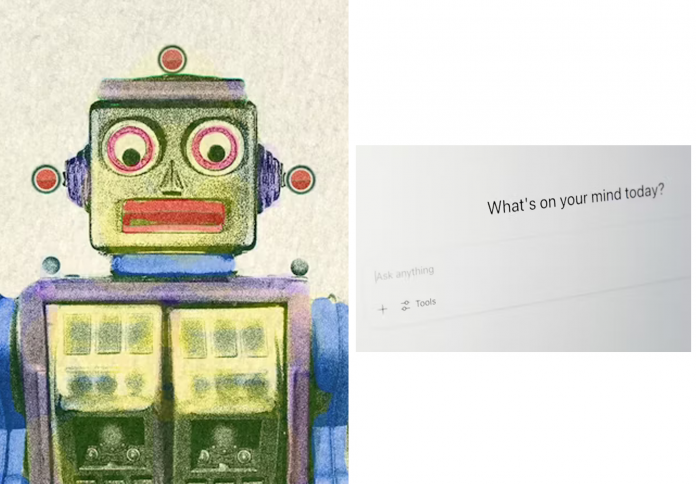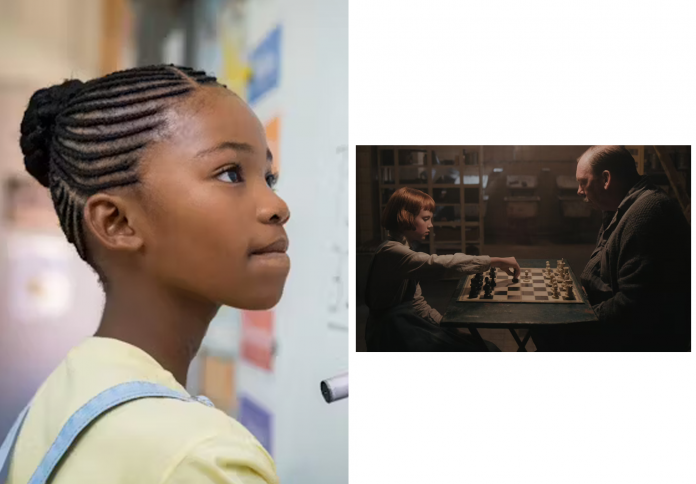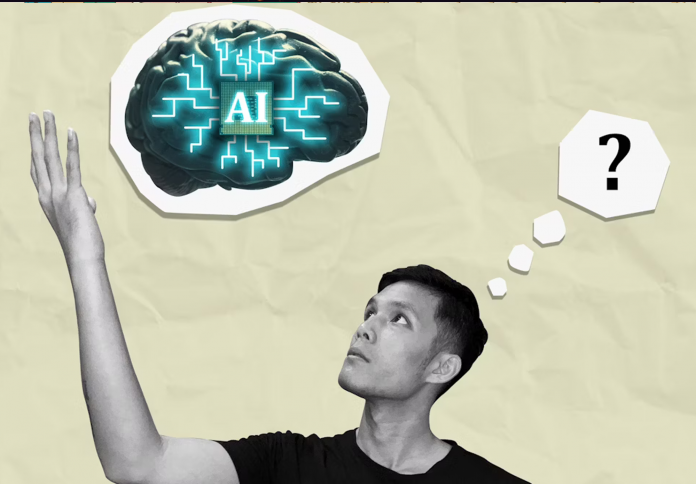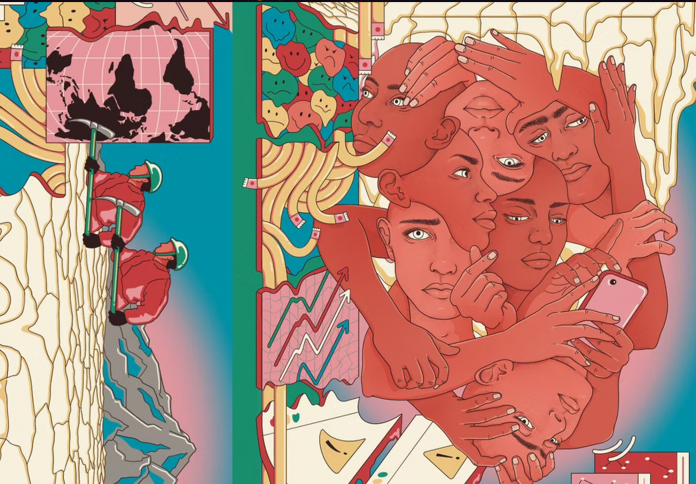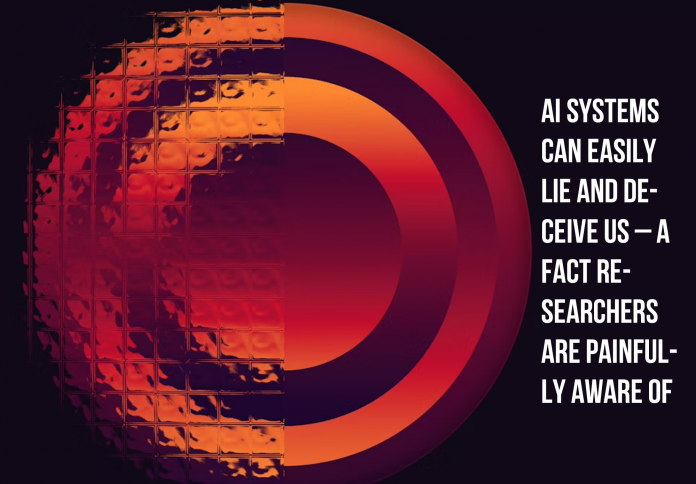The internet is currently awash with what critics scornfully label “AI slop”—videos and images of talking monkeys, surreal characters with extra limbs, or bizarre scenarios generated by text-to-video models. Despite its low quality and frequent glitches, this content garners massive views, driven by sheer novelty, weirdness, and spectacle. To understand this strange appeal, experts are turning to the history of early cinema (1895-1907), which faced a similar moment of technological awe. Like the first films that captivated audiences simply by showing a moving train or a cat boxing, AI slop is a form of “cinema of attractions”—an exhibitionist display of technological capability, valued more for the wonder it provokes than for any deep narrative or artistic merit.
The Dominance of the Spectacle
Early cinema, pioneered by figures like the Lumière brothers and Thomas Edison, was not initially concerned with complex storytelling. Films like The Arrival of a Train at La Ciotat or The Boxing Cats were successful because they were a spectacle—a novel, eye-popping display of moving imagery that was simply enough to enthrall audiences.
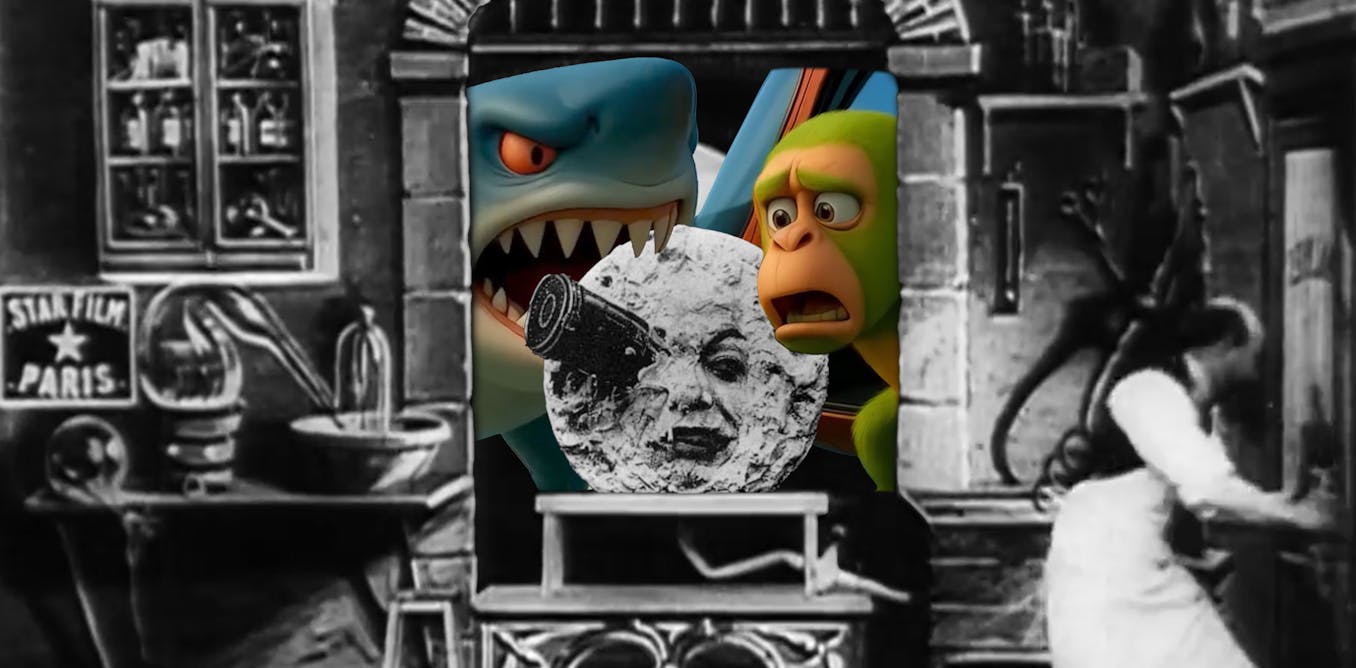
“AI slop” mirrors this focus on the exhibitionist moment. Content featuring three-legged sharks or babies trapped in space doesn’t require coherence; its purpose is to trigger an immediate, visceral reaction: “Look at what this machine can do!” This emphasis on technological novelty over narrative integration is a direct parallel to the pre-narrative phase of film history. The attraction is the act of generating the impossible image itself, which is a powerful driver in the attention economy of social media.
The Shared Aesthetic of Technological Imperfection
A fascinating parallel between AI slop and early cinema lies in their shared technological constraints and aesthetic imperfections. Early films were often characterized by jerky motion, poor lighting, flickering images, and the occasional on-screen glitch.
Similarly, AI-generated videos are notorious for “melting” figures, unnatural movements, and uncanny anatomical errors (like extra fingers or shifting objects). Yet, these flaws do not diminish the appeal; rather, they serve as a visible testament to the experimental and emergent nature of the medium. The current imperfections of AI slop, much like the technical shortcomings of a 1905 film, signal that the technology is still crude, yet its ability to produce any coherent moving image is what generates awe.
Turning the Audience into Active Producers
Early cinema offered an implicit promise: that film was accessible and easily replicable. Many early filmmakers were innovators who saw the camera as a simple, powerful tool. This sense of empowerment—the ability to easily create—is a critical factor in the appeal of AI slop.

Generative AI video tools, such as Runway’s Gen-2 or Google’s Veo 3, have turned mass audiences into mass creators. Users without traditional film editing or animation skills can, with a simple text prompt, produce their own spectacle. This democratization of creation transforms the audience from passive consumers into active producers of weird, novel content. This shift is fueling the enormous, rapid proliferation of slop, as the technology enables millions to participate in the spectacle.
The Transition from Spectacle to Narrative
Early film history provides a potential roadmap for the evolution of AI-generated content. Around the 1910s, filmmakers began moving beyond simple spectacle, integrating editing, close-ups, and complex storytelling techniques. The focus shifted from how the train moved to why the characters were on it—the “narrative integration” phase.
The current dominance of AI slop is likely a transient phase. We are already seeing creators and studios experimenting with longer, more coherent, narrative-driven AI films. As the technology matures, its glitches diminish, and creation becomes easier, the novelty will fade. The pressure will then shift to content creators to weave compelling stories, pushing AI tools to become sophisticated instruments for storytelling rather than just generators of weird, fleeting visual noise.
